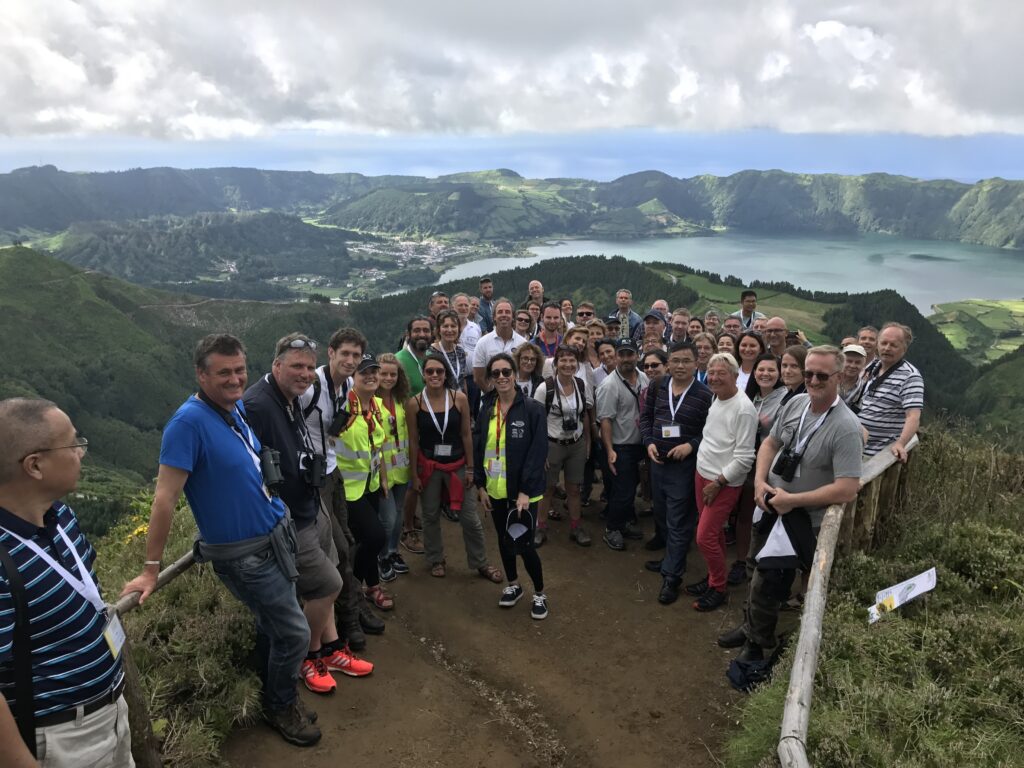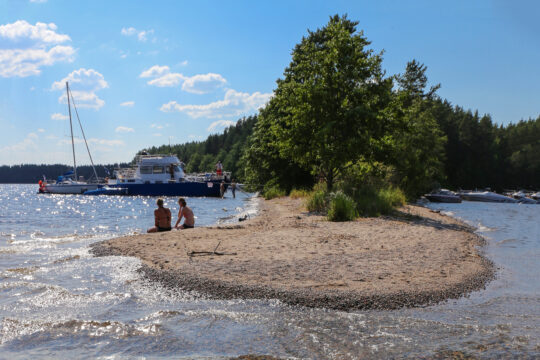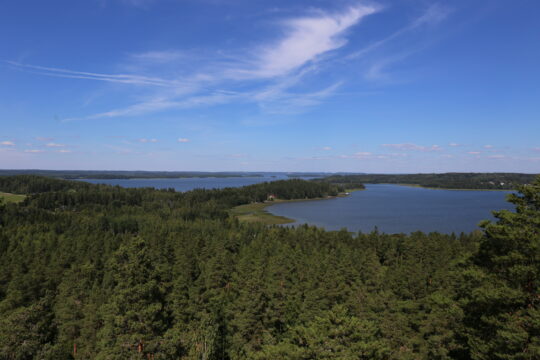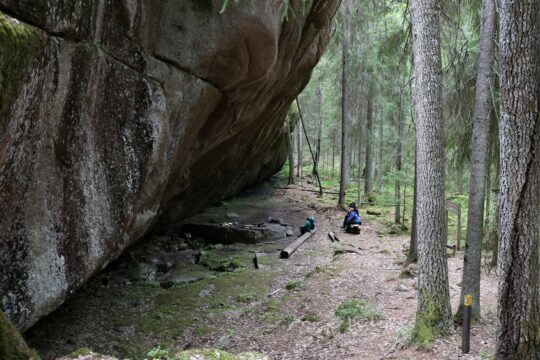What is a geopark?
Geoparks are single, unified geographical areas that have sites and landscapes of international geological significance. A geopark raises awareness of the importance of the area’s geological heritage and promotes local sites, products and services. Some of the key objectives of geoparks include preserving a region’s natural and cultural heritage, strengthening local identity and promoting sustainable tourism.
Geoparks tell the story of the local landscape and landforms, and highlight the connection between local culture, living surroundings and geology. A geopark raises awareness of the importance of the area’s geological heritage and promotes local sites, products and services. The sites in a geopark are not only geologically interesting but many are also archeologically, ecologically, historically and/or culturally significant.
Some of the key objectives of geoparks include preserving a region’s natural and cultural heritage, strengthening local identity and promoting sustainable tourism. Developing education for sustainability is important part of the work.
The work of a geopark is based on commitment by the local communities, multiple partnerships with a wide range of local actors, long-term public and political support, and networking with the national and global geopark community.
UNESCO Global Geoparks
UNESCO Global Geopark is a designation awarded to internationally significant geological areas by the United Nations Educational, Scientific and Cultural Organization (UNESCO). UNESCO ratified the creation of a new label, the UNESCO Global Geoparks, in 2015.
There are a total of 229 UNESCO Global Geoparks in 50 countries around the world (April 2025). The number of UNESCO Global Geoparks continues to grow as new geoparks are accepted into the network each year based on their applications and field evaluations. In April 2022, UNESCO designated 8 new UNESCO Global Geoparks, Salpausselkä Geopark being one of them. Two new countries joined the global geopark family: Luxembourg and Sweden.
The Global Geoparks Network (GGN) is an international cooperative organisation founded in 2004. All UNESCO Global Geoparks are members of the Network. The purpose of the Network is to work together and exchange ideas of best practices. The European Geoparks Network is a similar network of European UNESCO Global Geoparks.

Photo: Azores UNESCO Global Geopark, 14th European Geopark Conference, September 2017.
UNESCO Global Geoparks are sites of geological interest, but the concept also includes the promotion of regional culture, history and nature. The purpose of geoparks is to promote sustainable tourism and regional economies, improve understanding of the local area and strengthen local identity by developing educational activities directed at all ages. Networking, cooperation and learning from other geoparks are also important elements in the work of these organisations. Geoparks work towards achieving the Agenda 2030 sustainable development goals of the United Nations.
So far, there are five UNESCO Global Geoparks in Finland: Rokua Geopark, Lauhanvuori-Hämeenkangas Geopark, Saimaa Geopark, Salpausselkä Geopark and Crater Lake Geopark.


